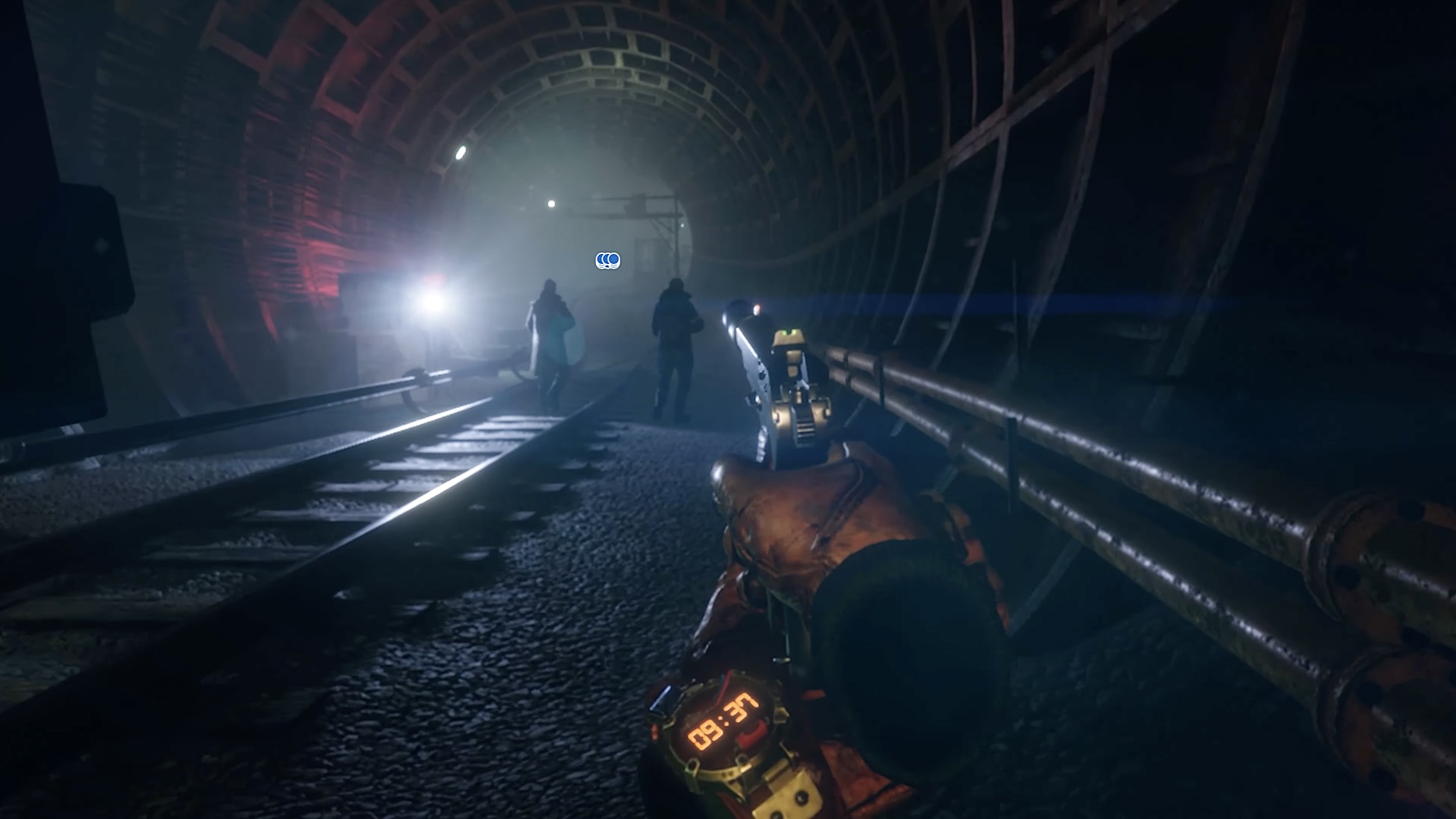Der Artikel kann nur mit aktiviertem JavaScript dargestellt werden. Bitte aktiviere JavaScript in deinem Browser und lade die Seite neu.
We played Metro Awakening on Quest 3 and PSVR 2 and let you know which one is the right for you.
Metro Awakening is a full-featured new entry in the Metro series, developed exclusively for virtual reality by veteran VR studio Vertigo Games (Arizona Sunshine 1 & 2, After The Fall).
Like the flat games, Metro Awakening is based on the Metro books by author Dmitry Glukhovsky, in which the survivors of a nuclear catastrophe are holed up in the tunnels of the Moscow Metro, fighting for survival day after day.
Metro Awakening takes place in 2028, five years before the events of the first video game and novel. You take on the role of Dr. Serdar, who ventures into the Metro’s most dangerous tunnels in search of medicine for his wife. You will battle ruthless bandits, radioactive radiation, pervasive darkness, and mutated creatures lurking in the shadows.
I played the first 4 of 12 chapters of Metro Awakening on the Quest 3 and also tried the VR game on the Playstation VR 2 for comparison. In the following article, I will first give some general impressions of the game before going into the visual aspects.
Metro Awakening reminded me a lot of Half-Life: Alyx
Metro Awakening starts with a long and in my opinion too long introduction, where you get to know the world and the characters. It takes about 40 minutes before you finally dive into the tunnels and the adventure begins. It’s worth it, because from this point on, Metro Awakening is constantly entertaining on a high level.
The apocalyptic setting, the darkness and confinement, and the constant threat of monsters and bandits create an intense experience that almost takes your breath away. Quiet passages where you talk on the walkie-talkie with your station chief and friend Max alternate with shocking attacks by mutated creatures and shootouts or stealth sequences, creating a great pacing.
Metro Awakening reminded me time and again of Half-Life: Alyx, which is similar in atmosphere and gameplay, and without falling behind. Quite the opposite. Not since Half-Life: Alyx has a VR game so captivated me and made me believe in its dark setting. The fact that you can enjoy this experience without a PC and natively on Meta Quest shows how far the graphics and technology of standalone VR headsets have come in the last five years.
A visual comparison of Metro Awakening: Quest 3 vs. PSVR 2
To my surprise, the two versions are not worlds apart visually. If you play on Quest 3, you will have just as much fun with the game and its dark world.
The 3D models and the character seemed almost identical to me, but Playstation VR 2 has the edge in other visual aspects: This version offers detailed and higher resolution textures, global lighting with realistic real-time shadows and atmospheric lighting and post-processing effects. In addition, the PSVR 2‘s OLED displays provide authentic contrast and brighter colors.
The Quest 3’s lenses and LCDs, on the other hand, shine with a much clearer and sharper image. In comparison, the PSVR 2 version looks as if an overly strong blur filter has been applied. The Mura effect is also noticeable in Metro Awakening. Since I personally don’t mind it, I was able to overlook it, but in the end it depends on your individual sensitivities.
My tests showed that the Quest version of Metro Awakening that I played is primarily optimized for Quest 2, and the resolution is far below what would be technically possible with Quest 3. Using the Quest Games Optimizer, I was able to increase the resolution by 50 percent without any significant loss in performance. The higher resolution reduces the aliasing and makes the image clearer and smoother. The fact that you can play a game of this graphical quality on a standalone VR headset is impressive.
Overall, Metro Awakening runs smoother and more stable on Playstation VR 2 than on Quest 3, which suffers from occasional FPS drops. The Quest version uses a rendering technique called Application Spacewarp, which means that the game basically runs at 36 fps and reprojects frames to get to a framerate of 72 fps. You can clearly see some artifacts caused by this, but I didn’t find it game-breaking. We don’t know what frame rate the PSVR 2 version is running at and whether it’s using reprojection, but I didn’t notice any artifacts in this version.
If you own both systems, my impressions should help you with your purchase decision. Rest assured that Quest 3 players will also enjoy the graphics and can get even more out of the game visually with the Quest Games Optimizer. Hopefully, Vertigo Games will release an update for Quest 3 that takes advantage of the system’s unused horsepower.
You can buy Metro Awakening here
Metro Awakening will be released on November 7, 2024 in the Horizon Store for all Quest headsets, in the Playstation Store for Playstation VR 2 and on Steam and Viveport for PC VR-compatible headsets. If you have pre-ordered the Deluxe Edition, you can already play Metro Awakening from today.
Interested in VR and AR? Then follow us on Facebook or X or share your experience in the comments. For feedback, topic suggestions, or other ideas, please email us at hello@mixed-news.com.
Buy Quest 3S & Accessories
Note: Links to online stores in articles can be so-called affiliate links. If you buy through this link, MIXED receives a commission from the provider. For you the price does not change.

